Chemicals from the Coal Facility of Eastman Chemical Company was the first in the United States to use coal rather than petroleum as a raw material in the commercial production of acetyl chemicals — important building blocks in the synthesis of a wide range of consumer products. The plant, located in Kingsport, Tennessee, began operation in 1983 after more than a decade of planning and construction, prompted by the oil embargoes of the 1970s.
Coal
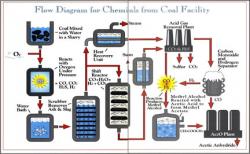
YearAdded:
Image Credit: Courtesy Eastman Chemical Company. Image Caption: Flow diagram for the chemicals from coal facility.
1995
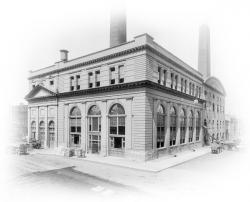
Formerly known as the Oneida Street Power Plant, this plant served from 1918 to 1920 as the pilot plant in the United States for the development and use of finely pulverized coal firing in the boilers of steam-electric power plants. The results of the Oneida experiences were major changes in boiler design and lower costs of power generation.
Following the early years of central station electric development, experiments at Onieda Street resolved persisting inefficiencies at a time when coal was increasingly expensive and of poorer quality.
YearAdded:
Image Credit: Image source:1980
Wisconsin Historical SocietyImage Caption: East Wells Onieda Street Power PlantEra_date_from: 1918
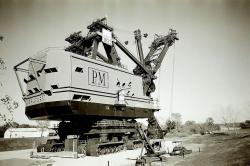
When built in 1962, this shovel was the second largest in the world. It was used for the removal of overburden in the surface mining of thin coal seams. In its lifetime, it recovered nine million tons of bituminous coal from depths of 20 to 50 feet for local electric power generation. Standing 160-feet high, weighing 5,500 tons, and moving at speeds up to two-tenths of a mile per hour, the machine stripped about a square mile each year.
YearAdded:
Image Credit: Courtesy Flickr/KellyK (CC BY-SA 2.0)Image Caption: This picture of the Big Brutus Mine Shovel does not fully capture its immensity. To create a comparison, the average person would be slightly shorter than the treads, near the bottom.Era_date_from: 1962
1987
Innovations
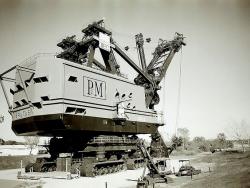
When built in 1962, this shovel was the second largest in the world. It was used for the removal of overburden in the surface mining of thin coal seams. In its lifetime, it recovered nine million tons of bituminous coal from depths of 20 to 50 feet for local electric power generation. Standing 160-… Read More
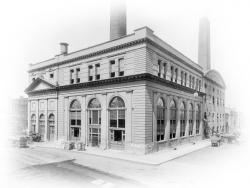
Formerly known as the Oneida Street Power Plant, this plant served from 1918 to 1920 as the pilot plant in the United States for the development and use of finely pulverized coal firing in the boilers of steam-electric power plants. The results of the Oneida experiences were major changes in boiler… Read More
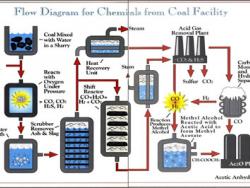
Chemicals from the Coal Facility of Eastman Chemical Company was the first in the United States to use coal rather than petroleum as a raw material in the commercial production of acetyl chemicals — important building blocks in the synthesis of a wide range of consumer products. The plant,…
Read More

